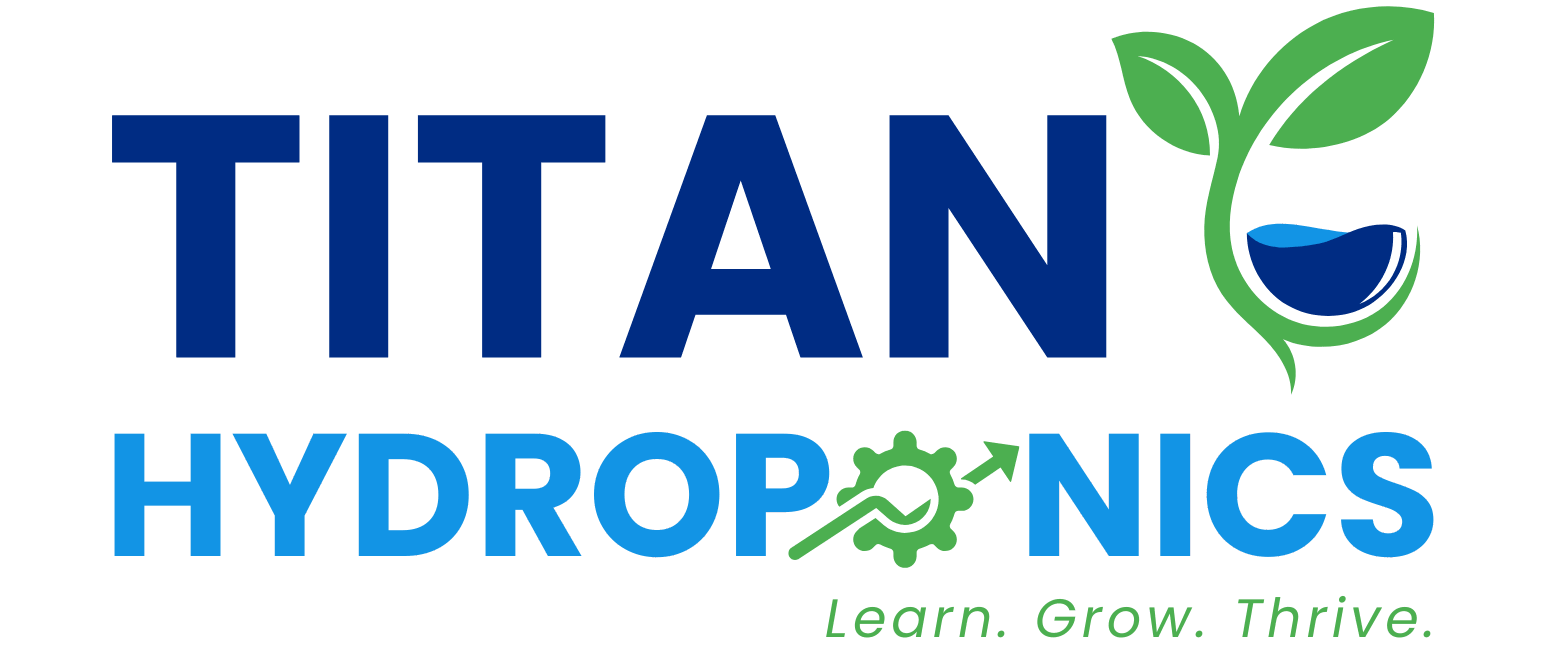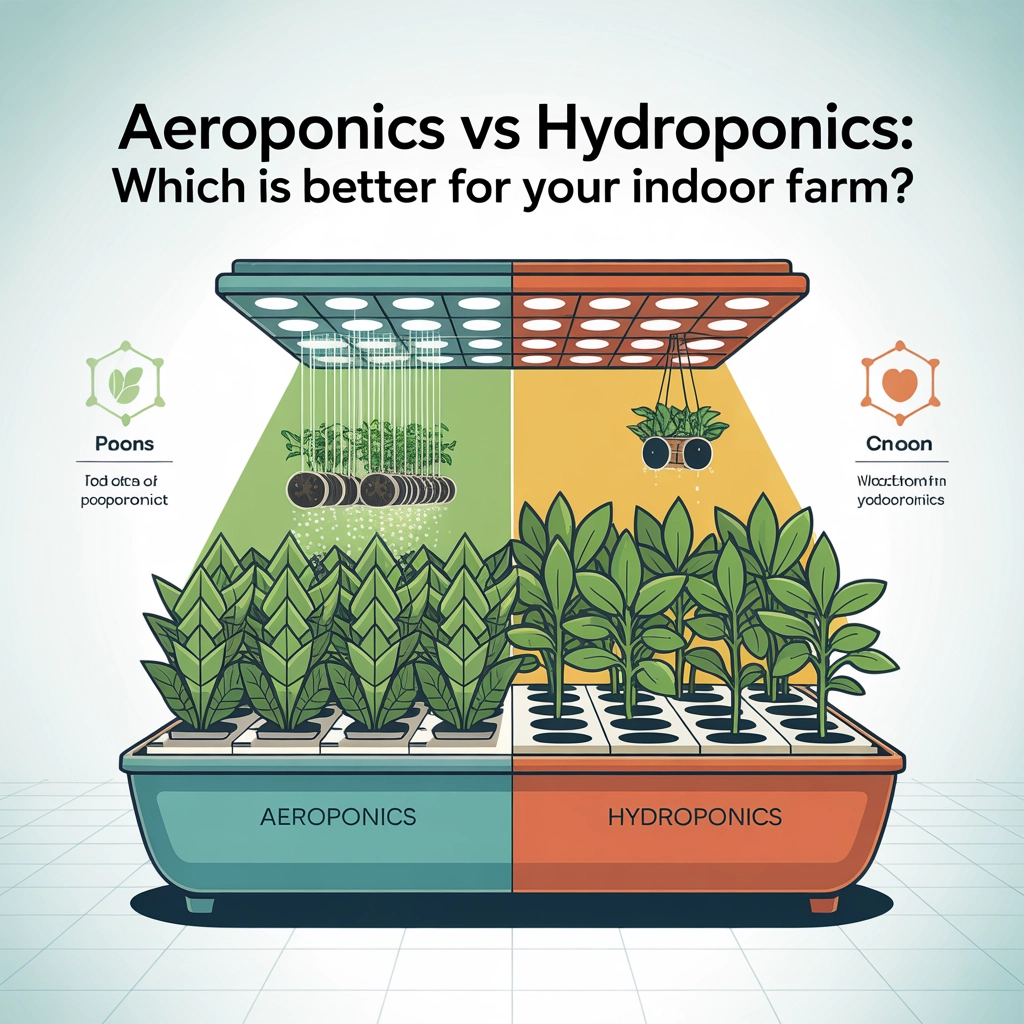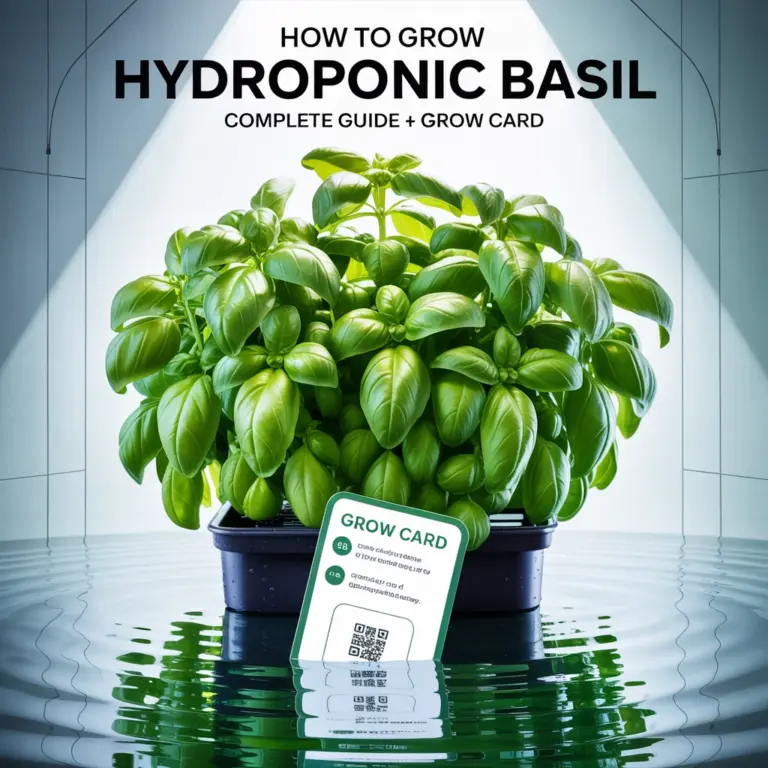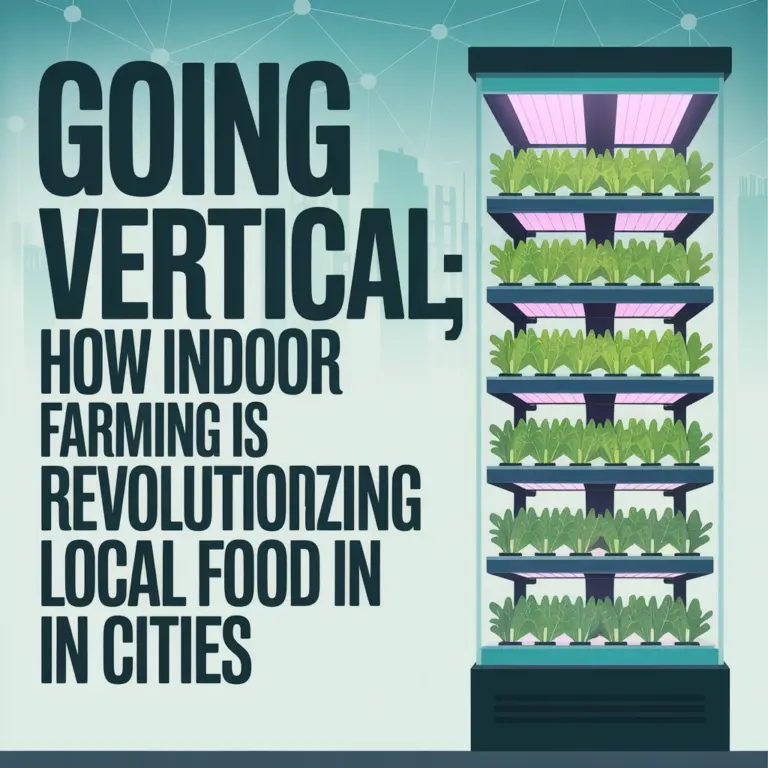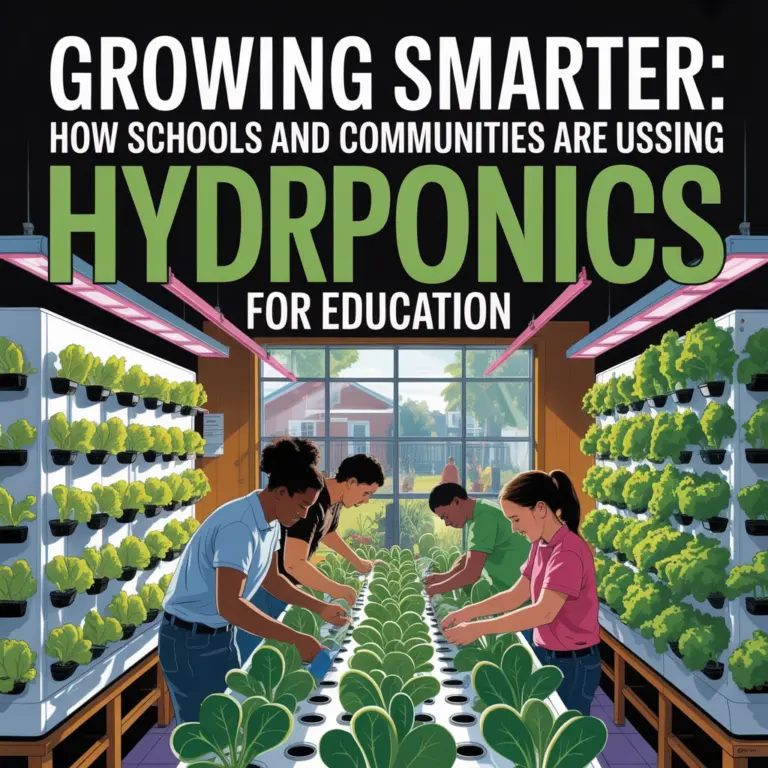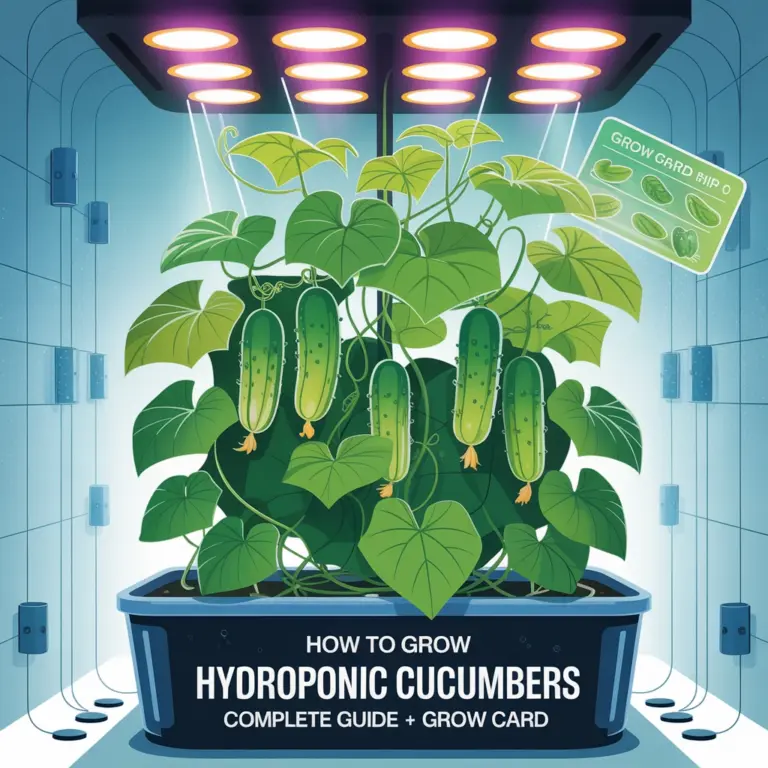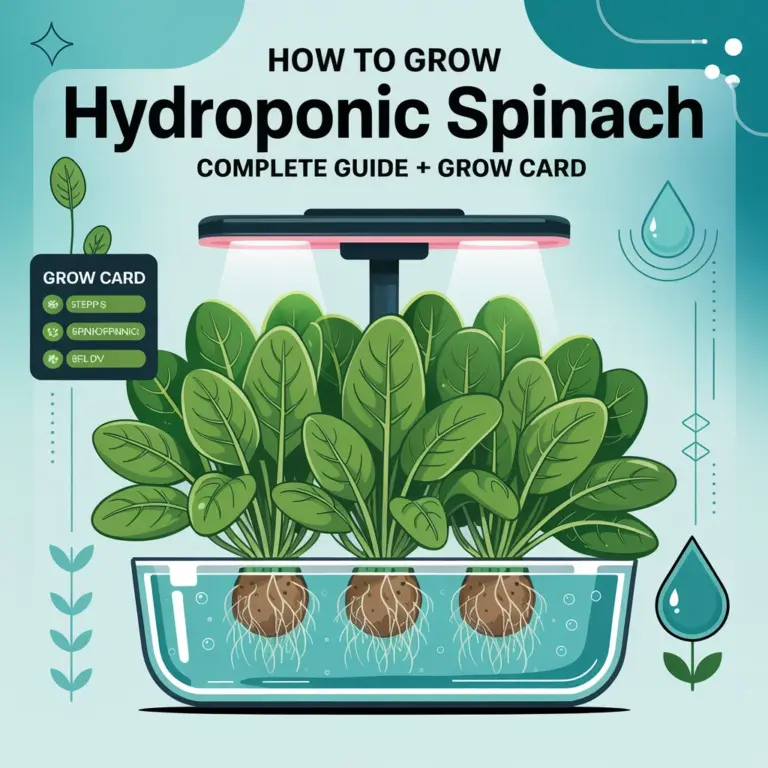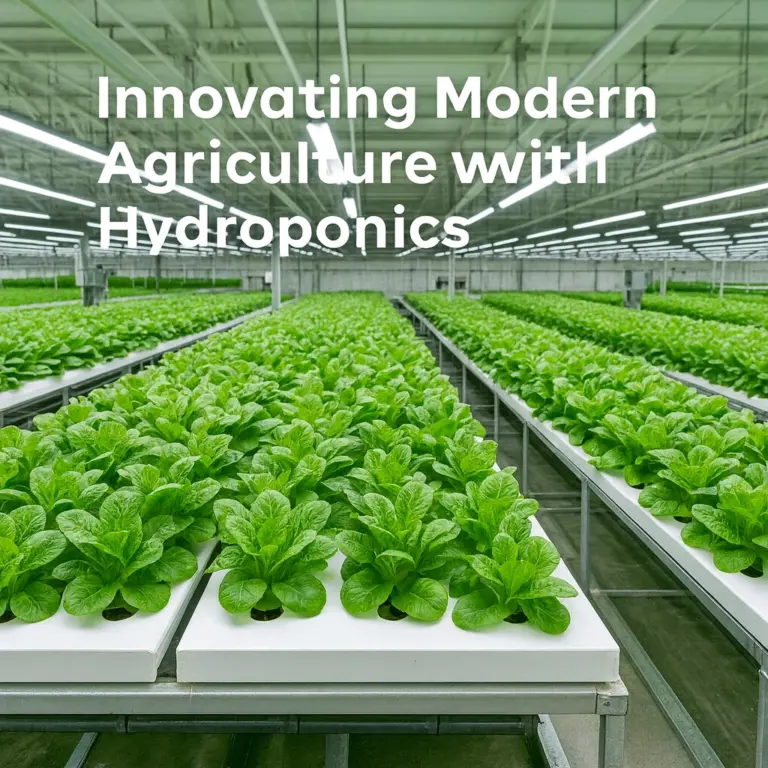Aeroponics Vs Hydroponics: Which Is Better For Your Indoor Farm?
So you’ve decided to dive into indoor farming – awesome! But now you’re stuck wondering: should you go with hydroponics or aeroponics? Don’t worry, you’re not alone. These two growing methods get thrown around a lot in the indoor farming world, and honestly, the differences can seem pretty confusing at first.
Here’s the thing: both systems will grow amazing plants without soil, but they work in completely different ways. Think of it like choosing between a reliable Honda and a high-tech Tesla – they’ll both get you where you need to go, but the experience (and cost) will be totally different.
Let’s break down everything you need to know about these two systems so you can make the best choice for your setup.
What Exactly Is Hydroponics?
Hydroponics is like the grandfather of soilless growing. It’s been around for decades, and the concept is pretty straightforward: your plants live in containers where their roots either sit in nutrient-rich water or get regular doses of it.
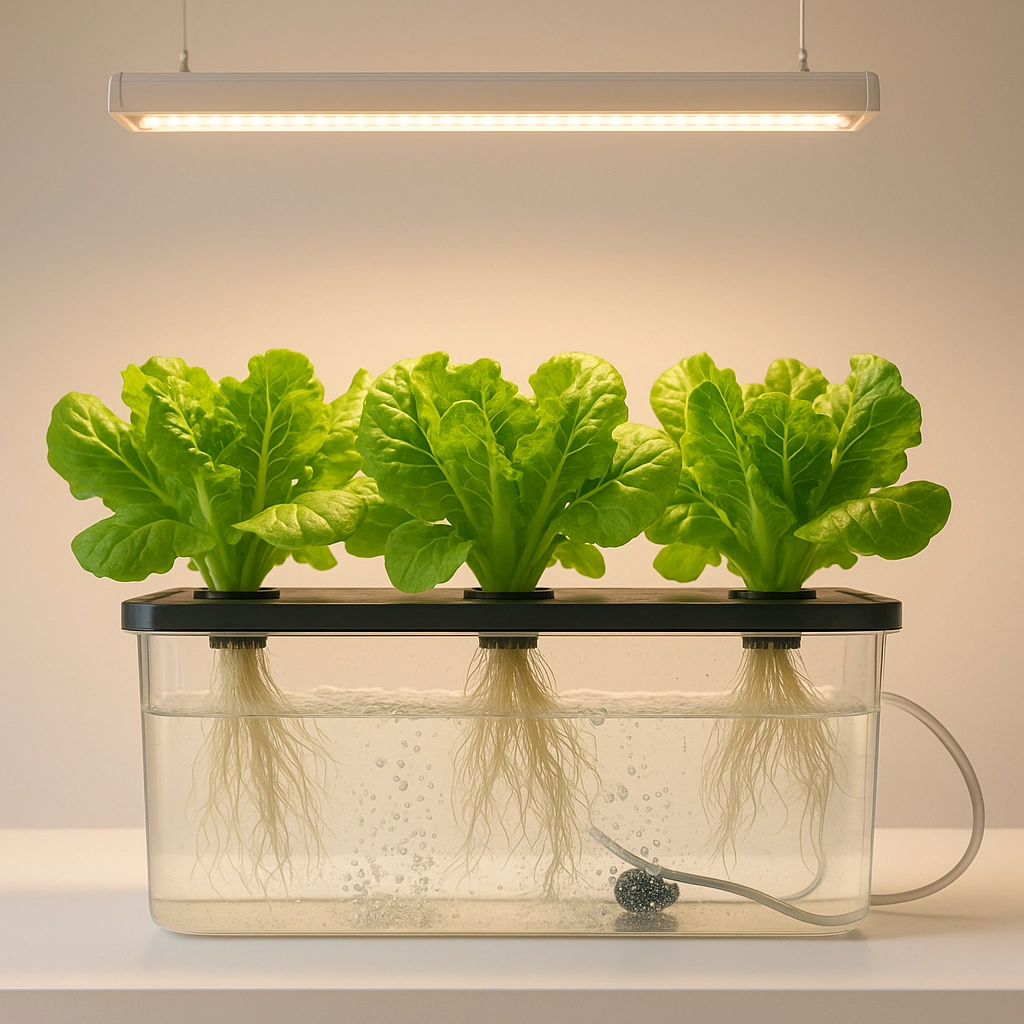
How It Works
In most hydroponic systems, plant roots aren’t constantly swimming in water (that would actually kill them). Instead, systems like Deep Water Culture use air stones to pump oxygen into the water, keeping roots healthy. Other systems like NFT (Nutrient Film Technique) let a thin film of nutrient solution flow past the roots, giving them what they need without drowning them.
The beauty of hydroponics is its simplicity. You’ve got your plants, your nutrient solution, and a way to get that solution to the roots. That’s it.
The Pros of Hydroponics
Let’s talk about why so many growers love hydroponics. First off, it’s way more beginner-friendly than you might think. You don’t need a PhD in plant science to get started – just some basic containers, growing medium, and a decent understanding of plant nutrients.
Hydroponics is also incredibly versatile. Want to grow tomatoes? Great. Lettuce? Perfect. Strawberries? Go for it. This system can handle a huge variety of plants, which is awesome if you like to experiment.
Cost-wise, getting started won’t break the bank. You can literally start with some mason jars and work your way up. And here’s a mind-blowing fact: hydroponic systems can yield up to 20 times more produce than traditional soil farming. Yeah, you read that right – 20 times!
The Cons of Hydroponics
Nothing’s perfect, and hydroponics has its challenges too. You’ll use more water than some other soilless methods because roots are exposed to water solutions more directly.
There’s also the constant monitoring aspect. Your plants are depending on you to keep that nutrient solution just right. Too strong and you’ll burn them, too weak and they’ll starve. It’s not rocket science, but it does require attention.
And let’s be honest about root rot – it’s a real thing in hydroponics if you mess up the oxygen levels in your water. But with proper setup and maintenance, this is totally preventable.
Enter Aeroponics: The High-Tech Cousin
Now, aeroponics is where things get really interesting. Technically, it’s a type of hydroponics, but it operates on a completely different level. Instead of roots sitting in or near water, they’re suspended in air and fed through a fine misting system.
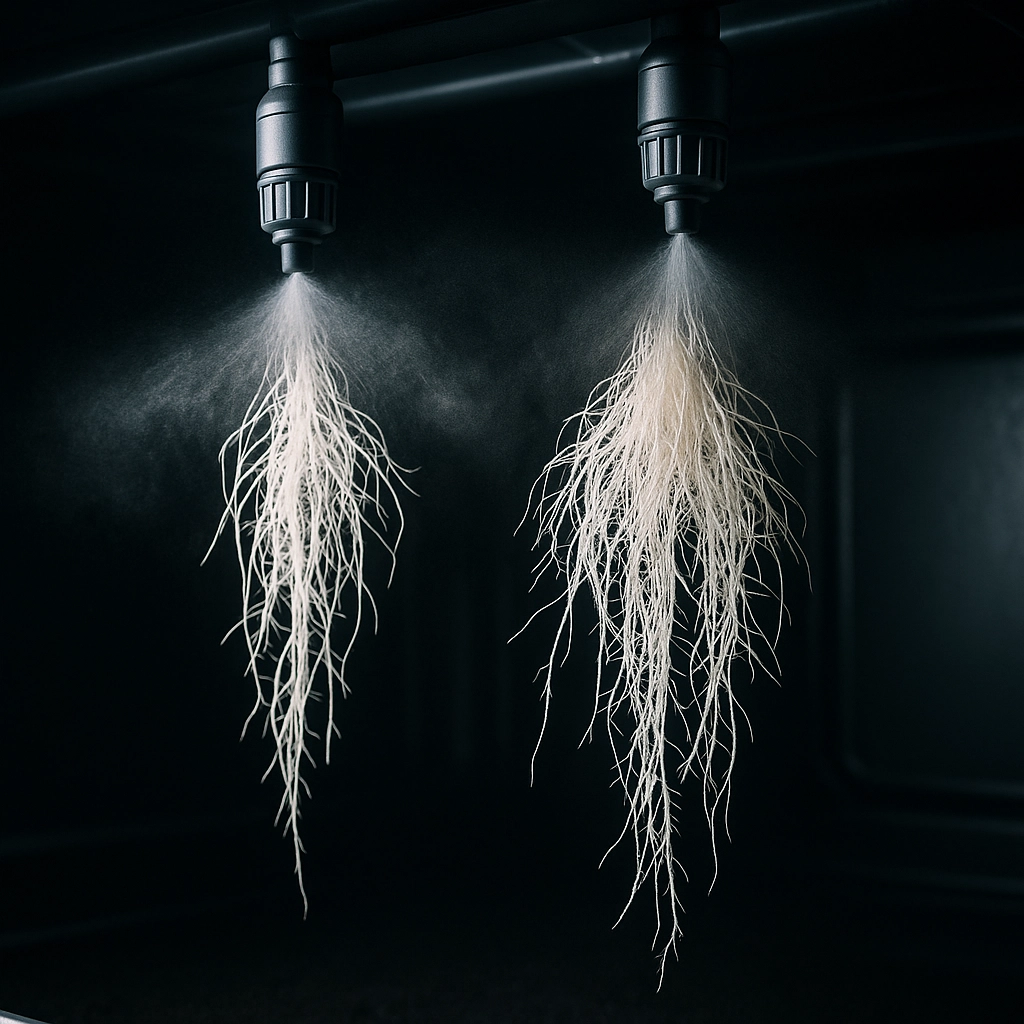
How Aeroponics Works
Picture this: your plants sit in special containers with their roots dangling freely in air. Below them, high-pressure nozzles create an ultra-fine mist of nutrients that coats the roots. It sounds like something out of a sci-fi movie, but it works incredibly well.
This misting happens in cycles – usually a few seconds of mist followed by several minutes of rest. The roots get everything they need while having constant access to oxygen.
The Pros of Aeroponics
Aeroponics is basically the efficiency champion of growing methods. Because nutrients are delivered as a fine mist, plants can absorb them way more effectively than with traditional methods. This translates to faster growth – we’re talking noticeably faster.
Water conservation is another huge win. Since you’re misting instead of submerging, you use way less water overall. In our world of increasing water concerns, this is a pretty big deal.
The constant air exposure means roots get all the oxygen they could ever want, leading to healthier, more robust plants. Plus, since there’s no growing medium that can harbor diseases, your plants face fewer health risks.
And the yields? Aeroponic systems typically produce about three times more than soil-based growing. While that’s less than the 20x potential of hydroponics, the growth speed often makes up for it.
The Cons of Aeroponics
Here’s where aeroponics gets challenging. First, it’s expensive to set up properly. Those high-pressure misting systems, specialized containers, and precise control systems cost serious money upfront.
The system is also incredibly sensitive. If your pH is off by just a little bit, or your nutrient concentration isn’t perfect, your plants will let you know immediately – and not in a good way.
Power outages are your enemy with aeroponics. Lose power for too long, and your plants could literally die because they’re not getting their nutrient mist. Many serious aeroponic growers invest in backup generators.
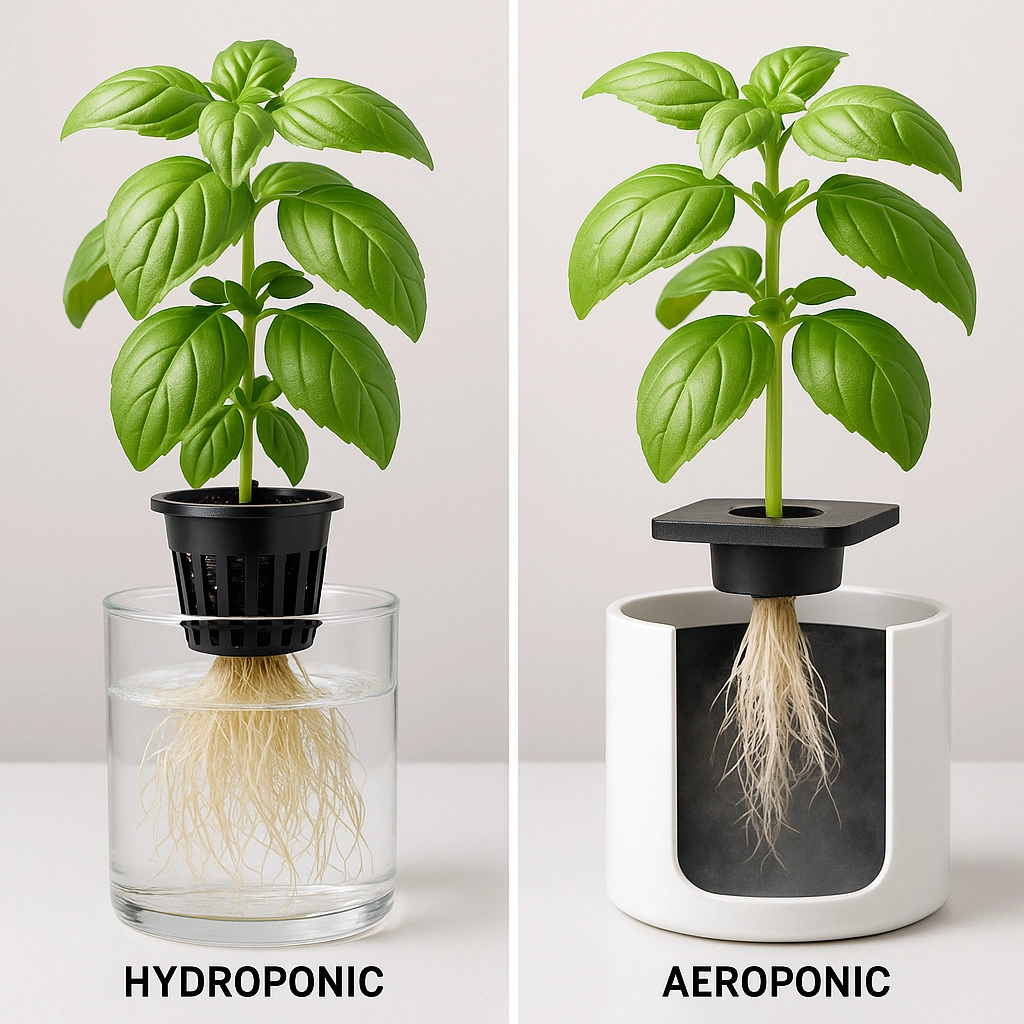
Head-to-Head Comparison
Let’s put these systems side by side and see how they stack up:
Setup Complexity
Hydroponics wins for beginners. You can start simple and build up complexity as you learn. Aeroponics requires more upfront knowledge and investment.
Water Usage
Aeroponics takes the crown here. The misting system is incredibly efficient with water usage compared to hydroponic water solutions.
Growth Speed
Both grow faster than soil, but aeroponics typically edges out hydroponics in pure speed.
Maintenance Requirements
Hydroponics is more forgiving of small mistakes. Aeroponics demands precision and constant attention to details.
Initial Investment
Hydroponics can start cheap and scale up. Aeroponics requires significant upfront investment for proper equipment.
Crop Variety
Hydroponics handles a wider variety of plants better. Aeroponics excels with fast-growing crops like leafy greens and herbs.
Which System Should You Choose?
This really depends on your situation, experience, and goals.
Go with Hydroponics if:
- You’re new to indoor farming
- You want to grow many different types of plants
- You’re budget-conscious starting out
- You prefer proven, widely-supported technology
- Your power supply isn’t 100% reliable
Choose Aeroponics if:
- You prioritize maximum efficiency and speed
- Water conservation is crucial for you
- You’re mainly growing fast-growing crops
- You have experience with advanced growing systems
- You can invest in quality equipment and backup power
- Long-term savings justify higher upfront costs
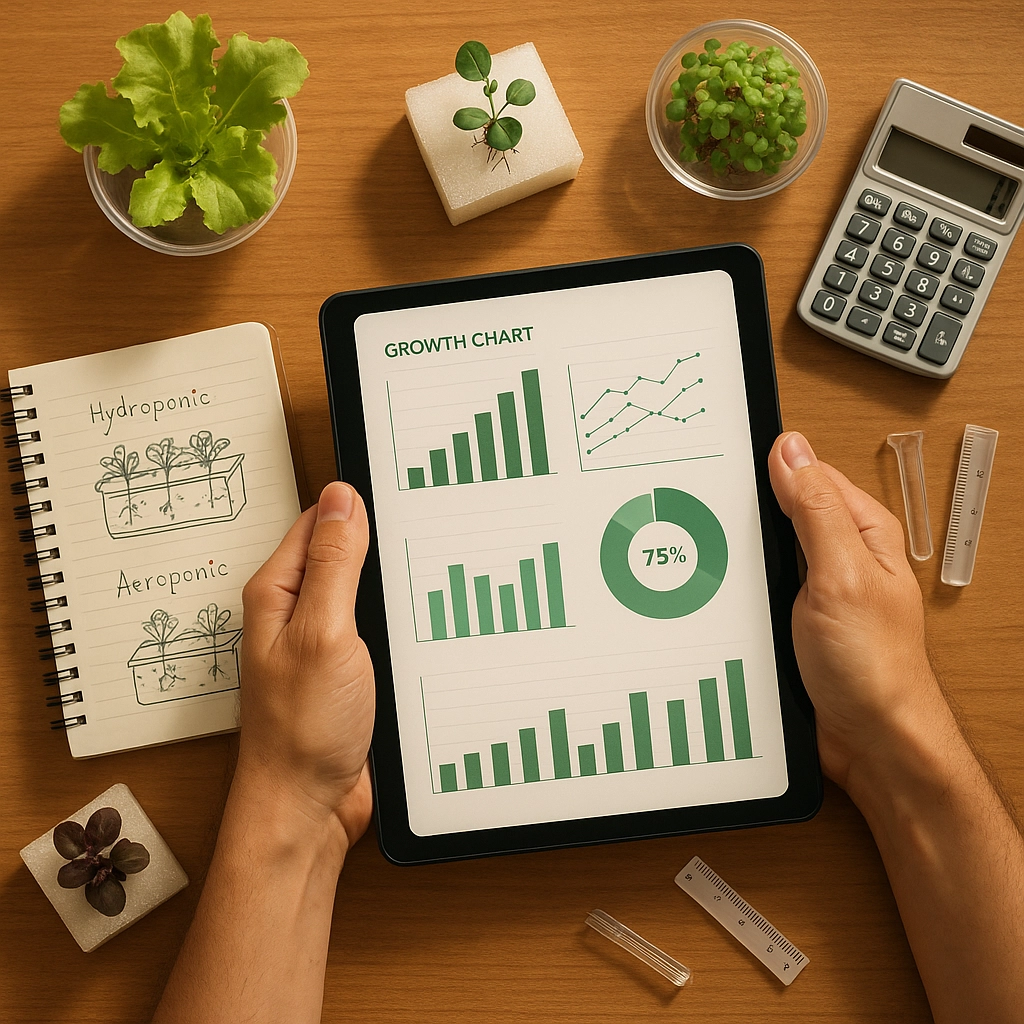
The Real-World Truth
Here’s what most people don’t tell you: for the majority of indoor farmers, hydroponics is the smarter choice. It gives you excellent results with a much gentler learning curve. You can start simple, learn the basics, and always upgrade later.
Aeroponics is incredible, but it’s honestly overkill for most home growers and even many commercial operations. Unless you’re running a serious commercial operation focused on maximum efficiency, or you’re the type who loves cutting-edge technology, hydroponics will serve you better.
That said, if you’re growing primarily leafy greens and herbs, and you want the absolute best efficiency possible, aeroponics might be worth the investment and learning curve.
Making Your Decision
The bottom line is this: both systems will grow amazing plants. Your choice should come down to your experience level, budget, and what you want to achieve.
If you’re just starting out, go hydroponic. Master the basics of nutrient management, pH control, and plant care. Once you’ve got that down pat, you can always explore aeroponics later.
If you’re ready for the challenge and have the budget, aeroponics can give you incredible results – just be prepared for the learning curve and initial investment.
Remember, the best growing system is the one you’ll actually use consistently. There’s no point in having the most advanced setup if you can’t maintain it properly.
Whatever you choose, you’re making a great decision by growing your own food indoors. Both systems will give you fresher, healthier produce than anything you can buy at the store.
Join Our Community
Titan Hydroponics Scoop is your weekly pulse on hydroponics, fresh ideas, and community stories. From practical growing tips and grower highlights to news, inspiration, and sustainable living, we’re growing something special together—one story at a time.
